10 ways to get more from your guitar pedals
Cunning tonal tips
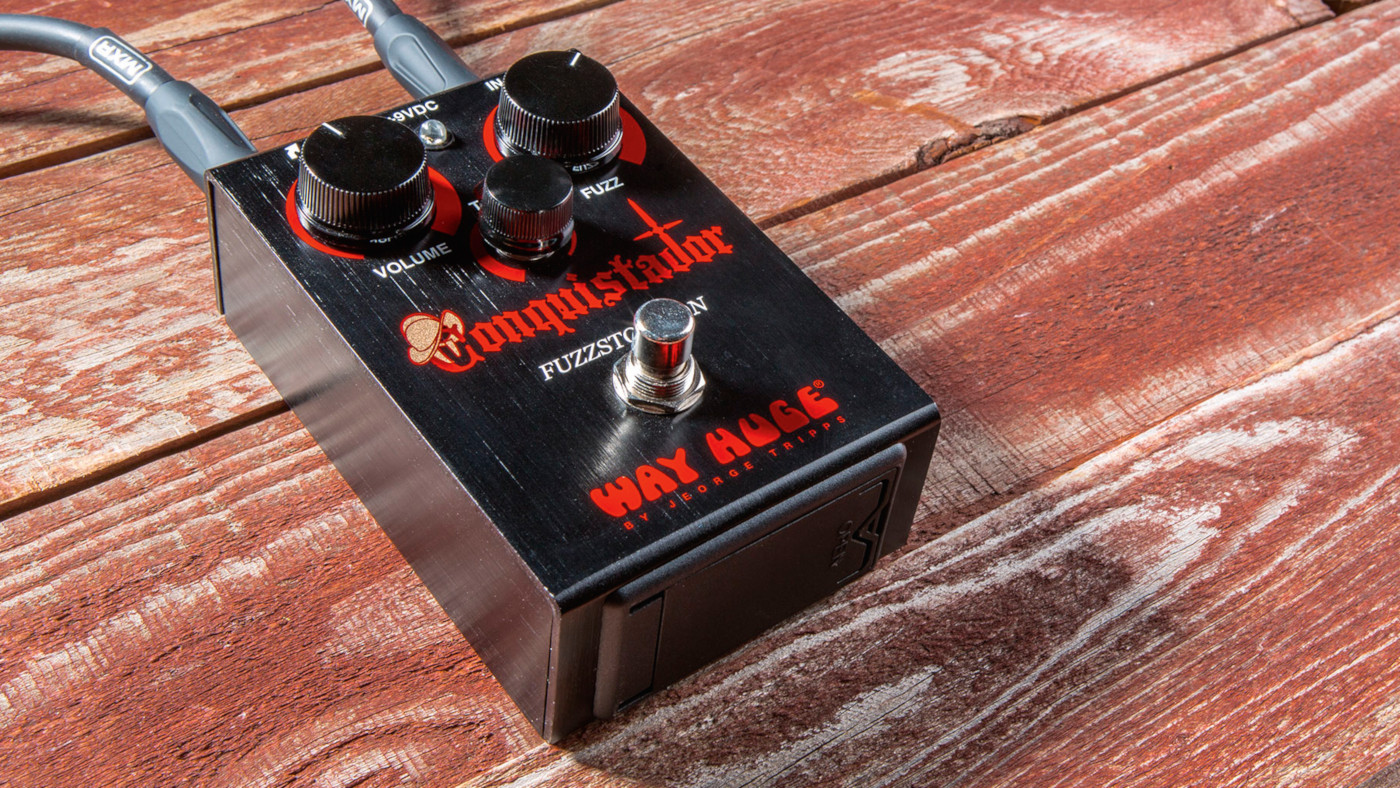
Getting more from your pedals can inspire great things - and it doesn’t mean spending boutique money.
1. Improve your low volume tone
Two pedals can help simulate a valve amp turned up, but at low volumes. A clean boost and compressor can both enhance your dynamics, especially when practising at low volumes in the home. The boost will push the front end of your amp a little harder. The compressor can reduce the front attack of your notes while sustaining their decay, giving you a great base for blues rock especially.
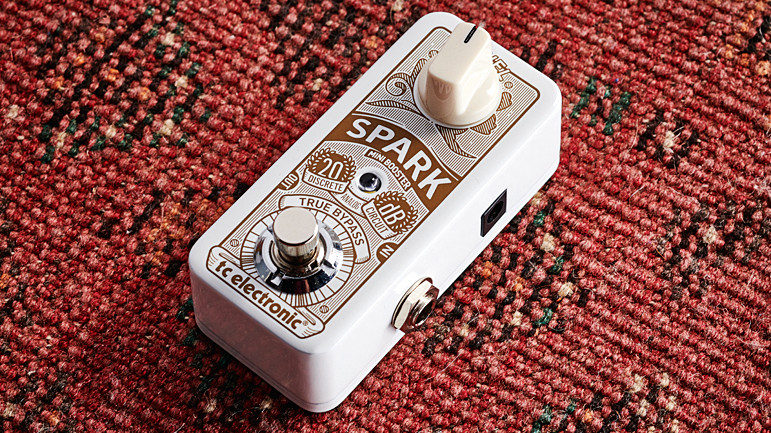
2. Pro tip: make your solos heard
When you want to cut through the mix with your solo, stomping on a higher gain pedal isn’t necessarily the answer. Indeed, the more gain you add, the less headroom you’ll have because you’re compressing more and the audience won’t hear you as clearly.
Again, the good old clean boost or an EQ pedal might be your friend here for enhancing what you already have; cut the bass level a little and up the mid and treble.
Stereophonics guitarist Adam Zindani subscribes to these principles live. “With my Orange [amp] I use the [Boss] EQ a lot,” he tells us, “because it just lifts the volume. What you find with overdrives, or what I’ve found, is until you get things like the Klon, they take away from the actual sound and you lose the bottom end. An EQ pedal lifts the whole sound.”
3. Avoid ‘tone suck’
Using true bypass pedals and shorter cable runs also helps minimise tone sucking
If you’ve got a larger than average pedalboard the issue of signal quality loss through long cable-runs via multiple pedals comes into play. This is the dreaded ‘tone suck’. You can lose high end and general fidelity when using long cable-runs as a result of capacitance. While buffered pedals can help deal with the losses (capacitance), some pedals that are buffered when in a bypassed state can be tone suckers themselves because their buffers colour the tone. Even worse are pedals without true bypass.
So tone sucking is really an issue when pedals are switched off, and using a true-bypass loop or loop switcher keeps them out of your signal chain when you’re not using it. Using true bypass pedals and shorter cable runs also helps minimise tone sucking.
Get the MusicRadar Newsletter
Want all the hottest music and gear news, reviews, deals, features and more, direct to your inbox? Sign up here.
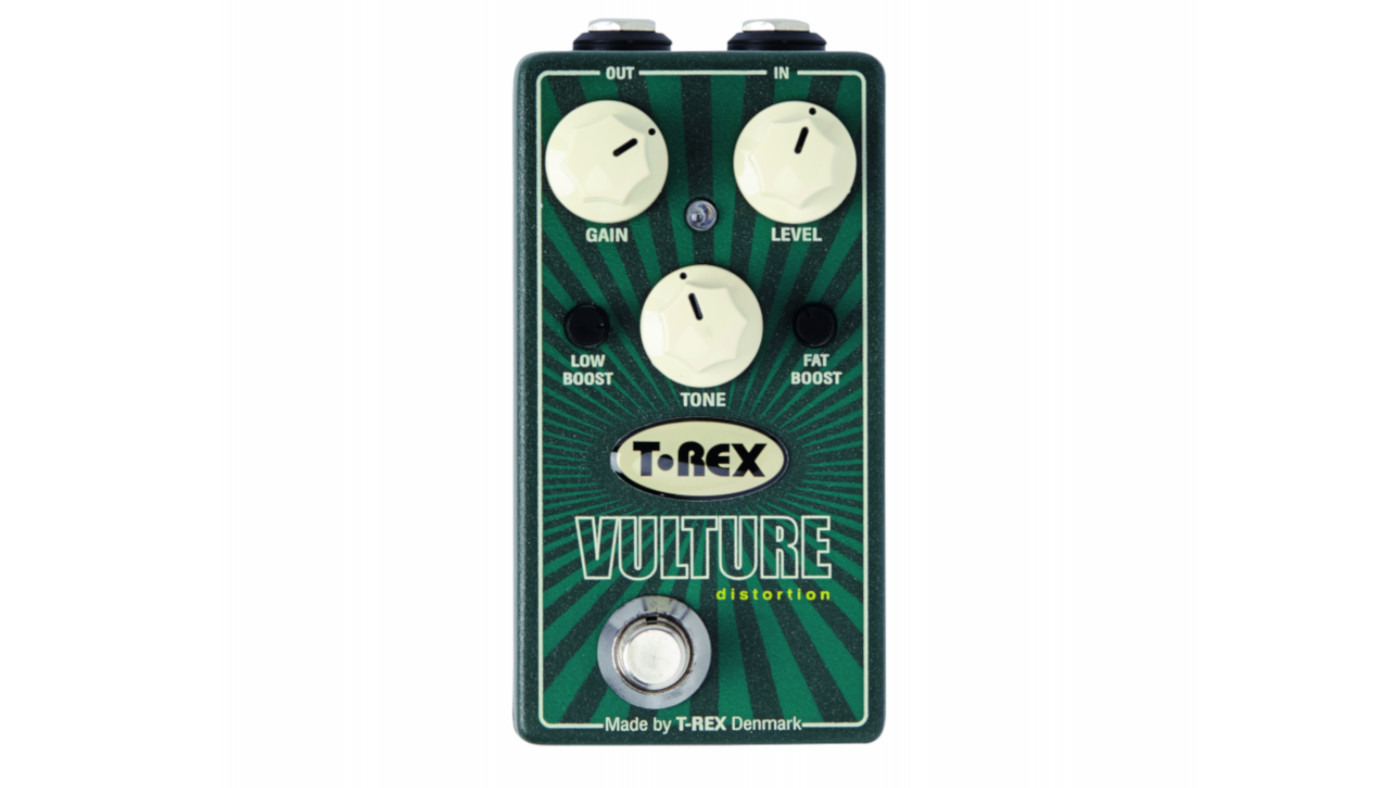
4. Pro tip: dial in your amp for gigs
Ever got your sound just the way you want it at home, only for it to seem completely different when you get to a gig?
“You need to EQ your amp and your rig to that particular environment,” Adrian Thorpe of Thorpy FX explains. “Typically, if you’re running louder - usually the case at rehearsals or gigs - you’ll need to lower your treble and upper mids as well, just to make sure your tone is not a scythe that cuts through the audience. Treble and mids can get harsh at higher volumes, which is to do with Fletcher-Munson curves and how your ear perceives certain frequencies at certain decibel levels.
“At higher volumes, your speaker is in its optimum zone as well: it is just pumping out the decibels and working at its most efficient, so it’s able to beam sound outwards very effectively.
“So if you’re running an amplifier really, really loud,” adds Adrian, “firstly I would suggest you get someone in the band to go and stand where the punters are going to stand while you do a soundcheck. If you don’t get your EQ right at proper gig volume, with someone you trust standing where the audience will stand to help you dial it in, all that top end is going to cut the audience’s heads off.”
5. Get heavy but not lost
A hi-gain sound chops off the very top and the very bottom of the signal - compressing it. That’s automatically limiting how much you’ll be heard, especially if you’re making the old metal move of scooping your mids.
So there are two factors at play; compression and EQ. You need to consider balancing them with any quest for heaviness and the fact is, you really need some of those mids in the mix.
Because the guitar is a mid-heavy instrument, after all. If you do insist on scooping them (and yeah, we’ve all been tempted) consider dialling back the gain a bit and compensating some of that mid level you’re lacking from the pedal, with the amp.
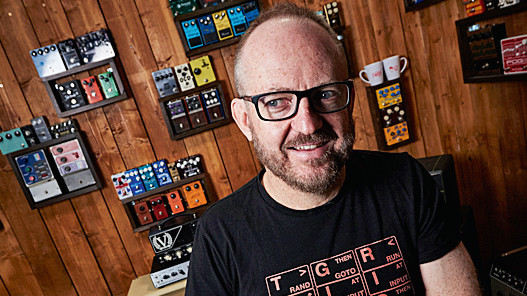
6. Pro tip: tame the gain
“Just dialling back on the gain a little can make you sound much better,” says Daniel Steinhardt of The GigRig and That Pedal Show. “There are times, for sure, when loads of gain is really appropriate - like with fuzz. But you spend all this money on a good guitar, a good amp... and sometimes, if you use a generous amount of gain, you can’t even hear the sound of the guitar itself.
“So sometimes just dialling back on that a hair lets you hear some of the characteristics of the guitar come through. And you might find when you turn the gain down you have to work a little bit harder - once you’ve found that beautiful sound, you may have to work harder to get it to come through than if you had endless gain and sustain. But that can actually be a real gift, making you more thoughtful about your note choices, dynamics and all the rest of it.”
7. Pro tip: invest in a quality power supply
Invest in a good, clean power supply. The sound of your drive pedals, particularly, will be much more consistent
Who wants to spend their hard-earned cash on a pedalboard power supply instead of a new pedal? Well, it could be the wisest investment you’ve made for your ‘board according to one of the most respected effects builders around right now... “It’s vital to use a quality power supply,” says JHS Pedals’ Josh Scott. “Invest in a good, clean power supply, like a Voodoo Lab Pedal Power, or one of the new Strymon power supplies. The sound of your drive pedals, particularly, will be much more consistent.”
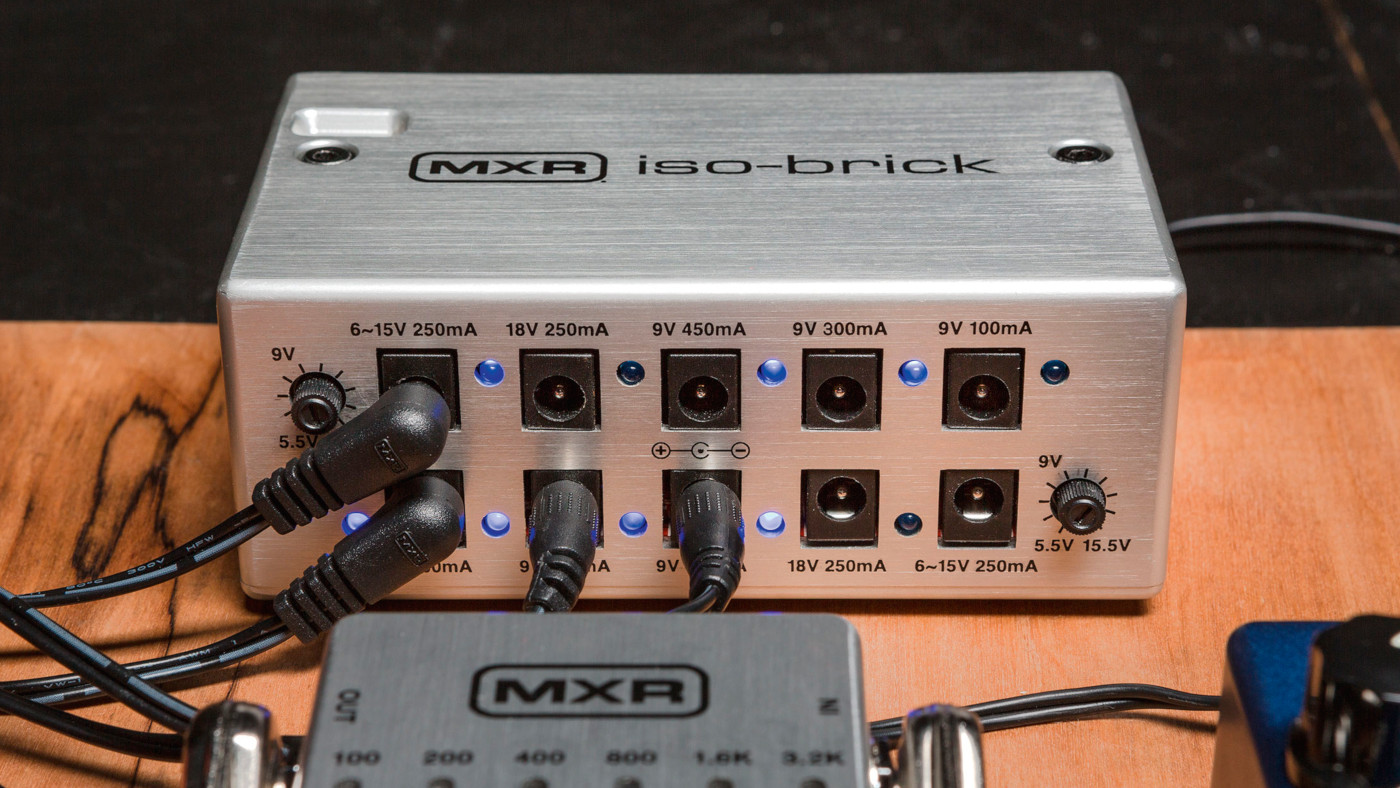
8. Pro tip: don’t always play on 10
We’ve already talked about the potential at your fingertips with your guitar’s volume and tone controls. Keeley Effects’ Robert Keeley believes the advantages apply to pedals too:
“I’ve noticed that guitars don’t always sound their best with the volume and tone all the way up. If you give certain pedals a little less signal they do something different. It doesn’t work in every case - for example, with compressors, generally - but the tone can be dramatically different. Listen with your eyes closed and use your ears!”
9. Use a compressor
This unsung effect has plenty of uses. Place it at the start of your pedal chain to tame peaks, while giving you a volume boost. It can smooth and fatten overdrive response. Or, put a compressor on at the end of your chain and it can give you a more consistent signal level as you switch different pedals in and out.
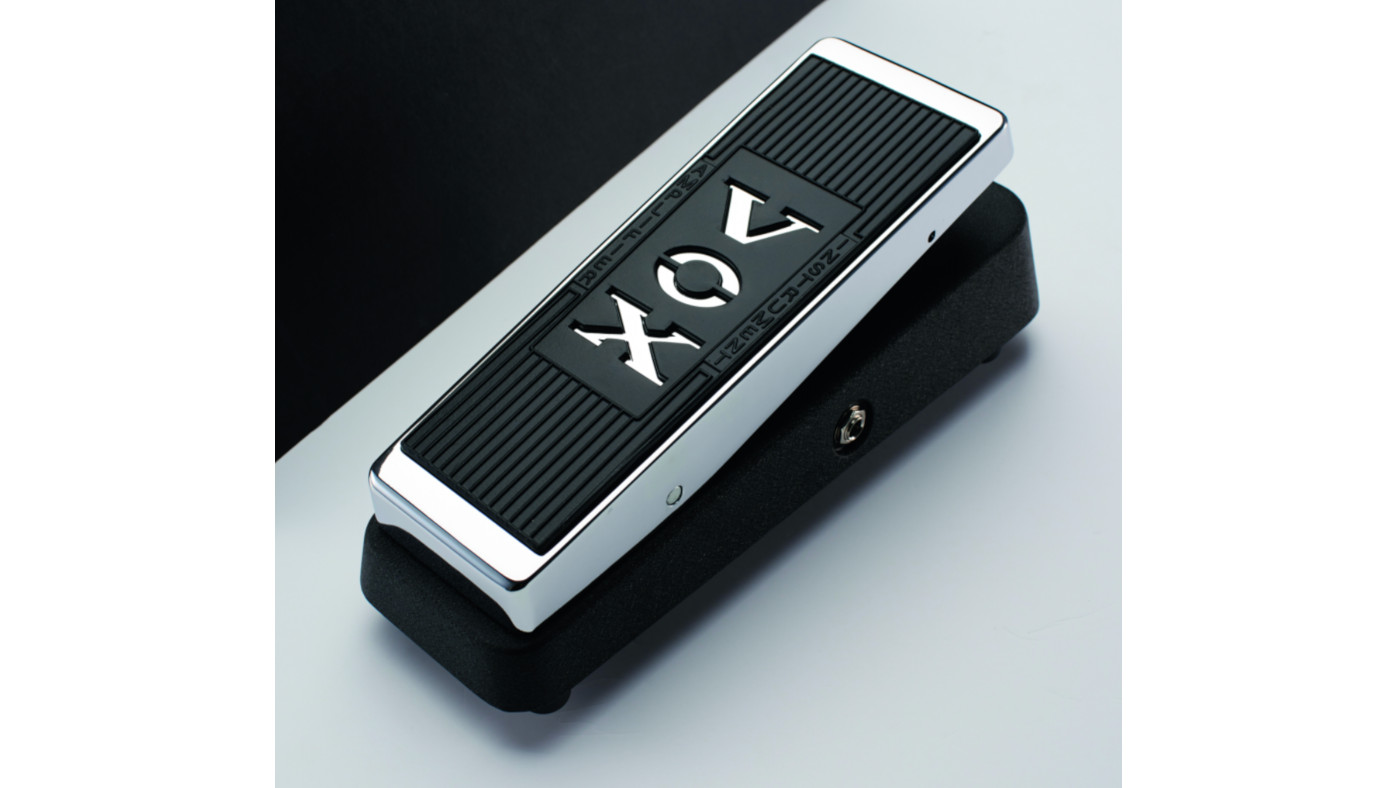
10. Cock your wah
Fixing your wah in a sweet spot of midrange frequency (sweep slowly and you’ll know when you find it) is a great tone for solos - and the late Mick Ronson made great use of it in his work with David Bowie (hear the solo on Moonage Daydream). And fixing it toe-down makes for a low-fi intro or breakdown tone.
Looking for more pedal content?
Total Guitar is Europe's best-selling guitar magazine.
Every month we feature interviews with the biggest names and hottest new acts in guitar land, plus Guest Lessons from the stars.
Finally, our Rocked & Rated section is the place to go for reviews, round-ups and help setting up your guitars and gear.
Subscribe: http://bit.ly/totalguitar
“A fully playable electro-mechanical synth voice that tracks the pitch of your playing in real time”: Gamechanger Audio unveils the Motor Pedal – a real synth pedal with a “multi-modal gas pedal”
“Instead of labouring over a perfect recreation, we decided to make an expanded counterpart”: Chase Bliss teams up with Mike Piera for Analog Man collab based on the legendary King Of Tone










